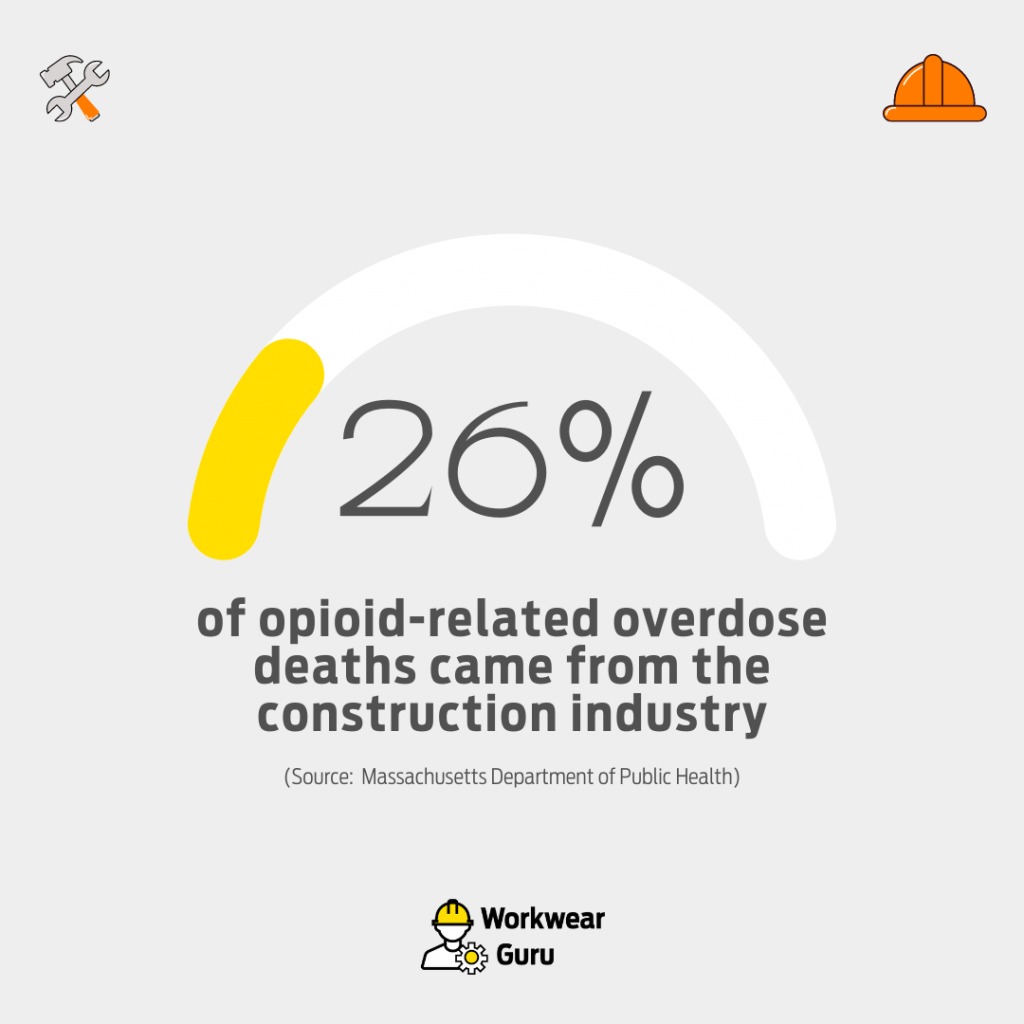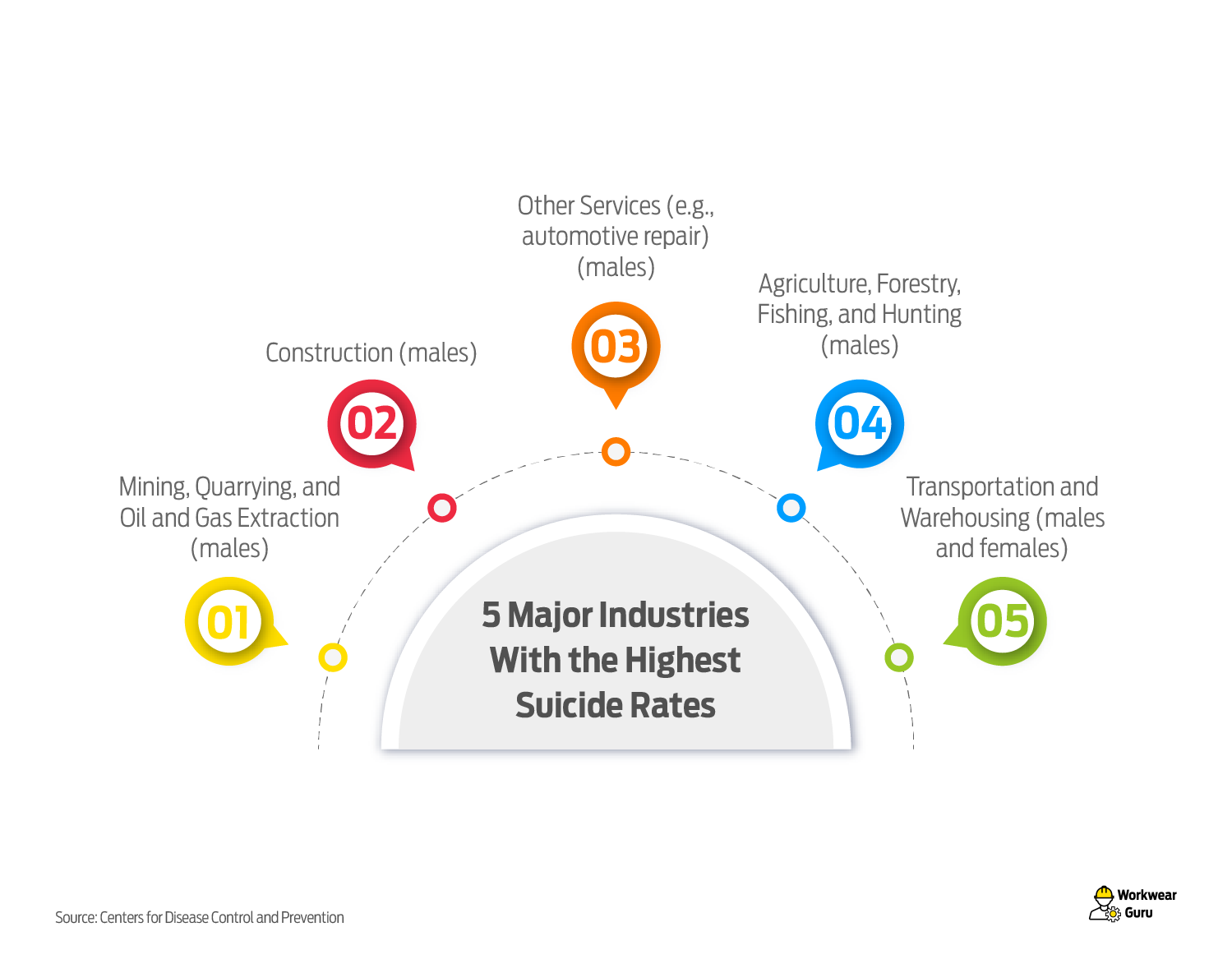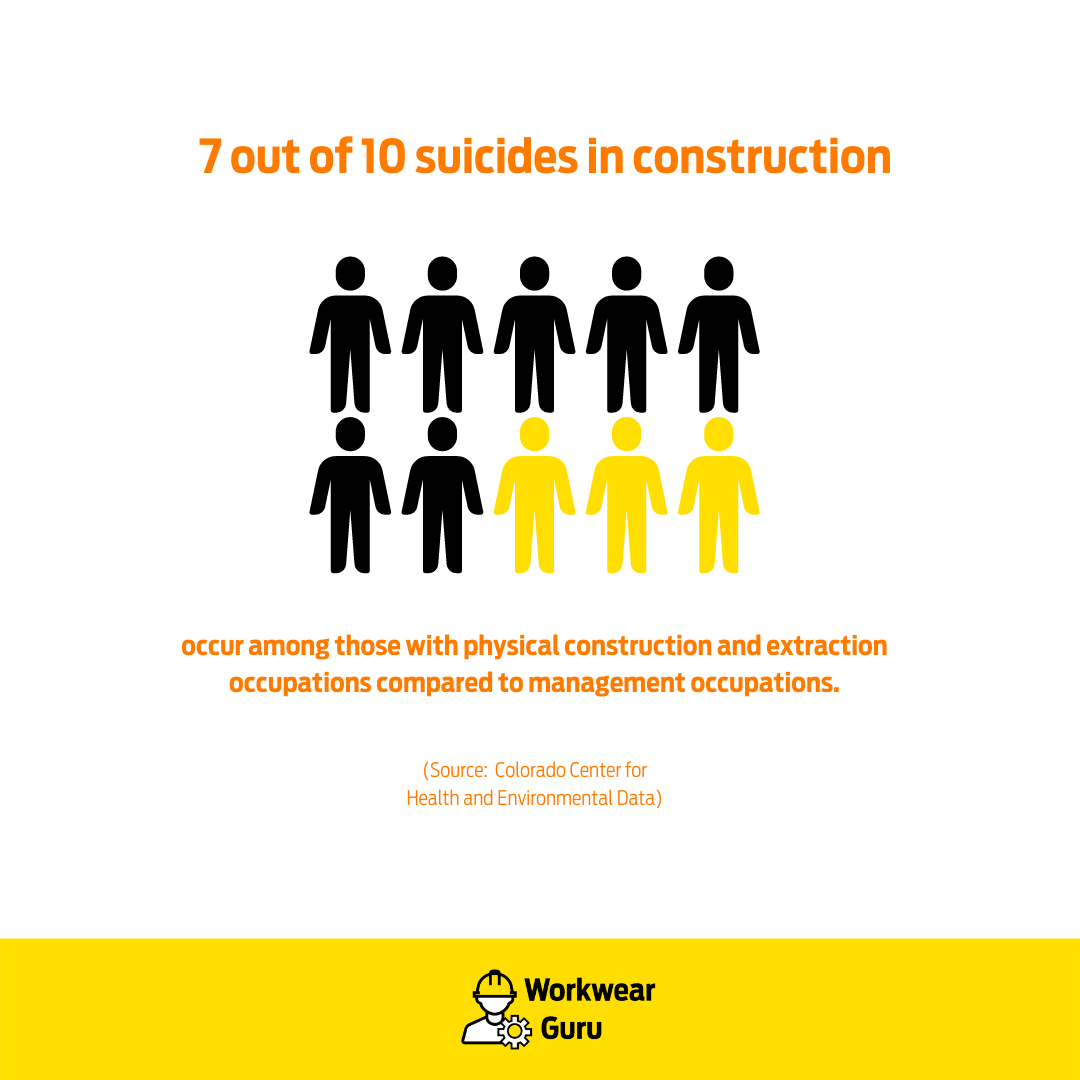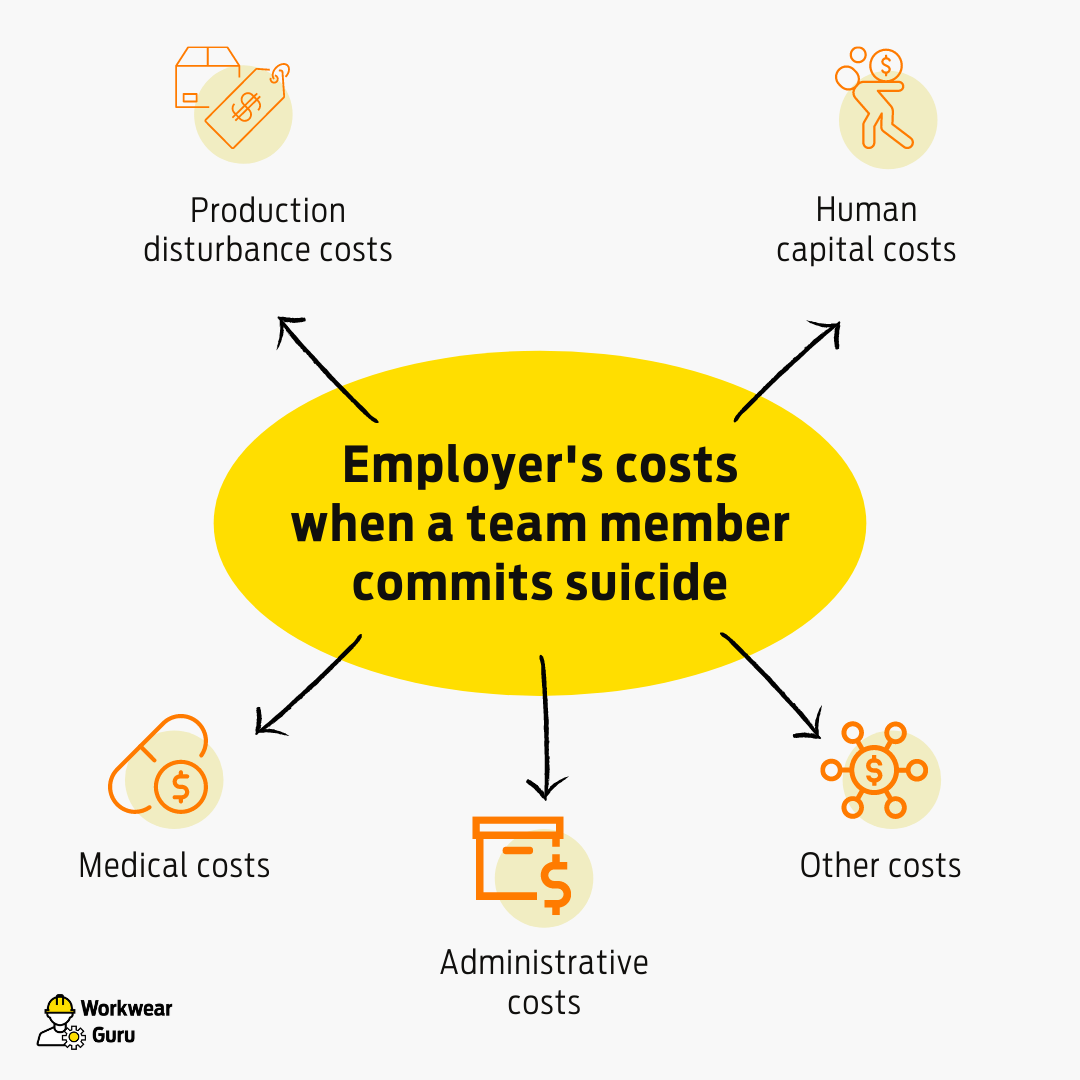Workwear Guru is an online publication providing the best resources for working men and women.
We pride ourselves on providing authentic apparel reviews and comparison articles, as well as helpful sizing tutorials for everyday workwear. Our goal is to deliver the best advice and reviews to help the working people find their perfect workwear solutions. Our team comes with an extended experience in fieldwork.
At Workwear Guru, we understand what it takes to get the job done correctly. We appreciate commitment, determination, and the importance of good, honest, and hard work. We also feel that our collection of the best, top-performing gear will make your job a lot simpler. Workwear Guru will offer you with information on what’s hot, what’s trendy, what’s new, what’s comfortable and a lot of other insights and perspectives around work apparel and working in general.
We think that with today’s technology, items can be organized, displayed, and explained much better allowing you to have a full shopping experience right at your fingertips. Expert product descriptions and reviews allow you to buy with confidence, offering the product expertise you need to ensure you select the correct product for the task.
Whether it’s blue-collar, white-collar, work boots, winter boots, or if you just need workwear advice, you’re in for a treat. If you see anything lacking or areas where we can improve, please offer us your thoughts and ideas via our Contact Us page.







